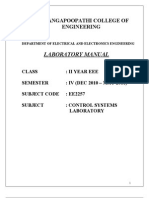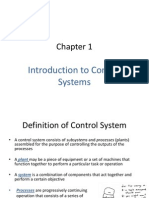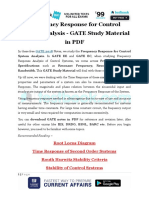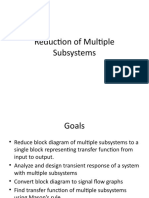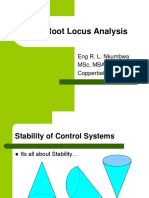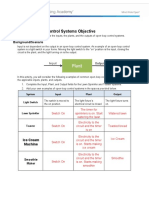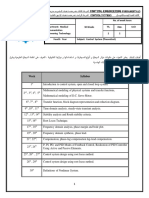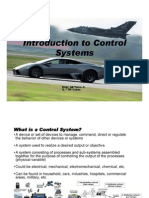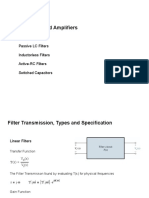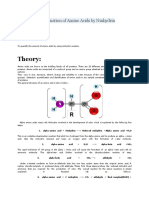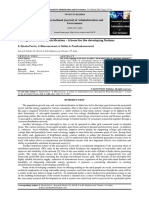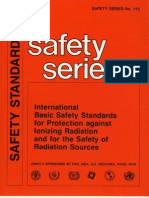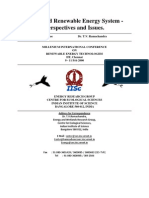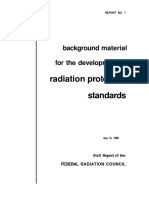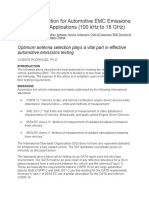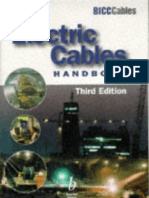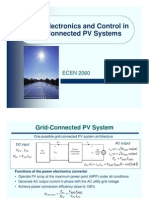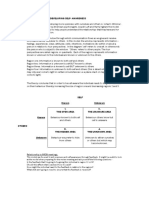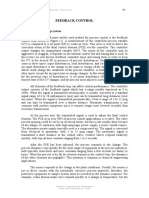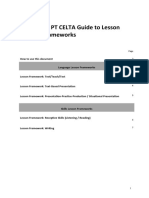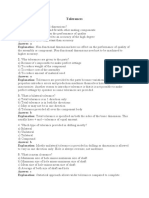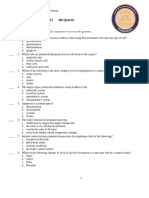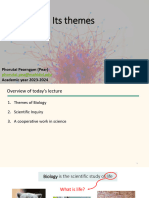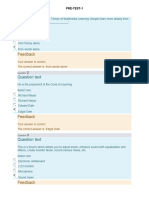CONTROL SYSTEMS
S.BHUVANESWARI
ASST PROFESSOR
EEE DEPARTMENT
DR MGR EDUCATIONAL AND RESEARCH INSTITUTE
�OUTLINE
Introduction
History of control systems
Definitions and concepts
Examples of control systems
Control system design
Applications
Future scope of control systems
�INTRODUCTION
A main impetus for the use of feedback in the
United States was the development of the
telephone system and electronic feedback
amplifiers by Bode, Nyquist, and Black at Bell
Telephone Laboratories.
�HISTORY
18th Century James Watts centrifugal governor for the speed
control of a steam engine.
1920s Minorsky worked on automatic controllers for steering ships.
1930s Nyquist developed a method for analyzing the stability of
controlled systems
1940s Frequency response methods made it possible to design linear
closed-loop control systems
1950s Root-locus method due to Evans was fully developed
1960s State space methods, optimal control, adaptive control
1980s Learning controls are investigated and developed.
Present and on-going research fields. Recent application of modern
control theory includes such non-engineering systems such as
biological, biomedical, economic and socio-economic systems
�DEFINITION
System An interconnection of elements and
devices for a desired purpose.
Types of systems
Mechanical
systems can opener, corkscrew etc
Electronic systems mobile phone, radio etc
Computer control systems CNC press brake etc
Pneumatic systems - movement of train doors,
mechanical clamps etc
Other systems - mail processing systems, commercial
operation systems etc
�A system is a collection of components which are
co-ordinated together to perform a function.
Systems interact with their environment across a
separating boundary.
The interaction is defined in terms of variables.
system
inputs
system outputs
environmental disturbances
�SYSTEM
Environment
Disturbance Inputs
System Outputs
Subsystem
System
Engineering systems
Biological systems
Information systems
Control Inputs
�DEFINITION
Control System An interconnection of
components forming a system configuration that
will provide a desired response.
Process The device, plant, or system under
control.
The input and output relationship
represents the cause-and-effect relationship of the
process.
�DEFINITION TYPES OF
CONTROL SYSTEMS
Open-Loop Control Systems utilize a
controller or control actuator to obtain the
desired response.
Washing machine open loop control systems
�DEFINITION TYPES OF
CONTROL SYSTEMS
Closed-Loop
Control
Systems
utilizes
feedback to compare the actual output to the
desired output response.
Air conditioner closed loop control systems
�DEFINITION TYPES OF
CONTROL SYSTEMS
Multivariable Control System more than one
input / output
�EXAMPLES OF MANUAL CONTROL
SYSTEMS
�CAR DRIVER EXAMPLE OF CLCS
Objective function: to control the
direction and speed of the car.
Outputs: actual direction and speed of the
car
Control inputs: road markings and speed
signs
Disturbances: road surface and grade,
wind, obstacles.
Possible subsystems: the car alone, power
steering system, braking system, . . .
�EXAMPLES OF MANUAL CONTROL
SYSTEMS
(a) Automobile steering
control system.
(b) The driver uses the
difference between the
actual and the desired
direction of travel to
generate a controlled
adjustment
of
the
steering wheel.
(c) Typical direction-oftravel response.
�ANTENNA POSITIONING SYSTEM
Original
system:
the
antenna
with
electric motor drive systems.
Control
objective:
to
point
the
antenna in a desired reference direction.
Control inputs: drive motor voltages.
Outputs: the elevation and azimuth of the
antenna.
Disturbances: wind, rain, snow.
�ANTENNA POSITIONING
Antenna System
Ref.
input
volts
+
_
volts
Diff.
amp
Power
amp
torque
power
Motor
Antenna
Error
volts
Feedback Path
Information
Variables
Wind force
Angle
sensor
Physical Variables
Angular
position
�EXAMPLES OF MANUAL CONTROL
SYSTEMS
Water-level float regulator
�CONTROL SYSTEM DESIGN
�DESIGN PROCEDURE
The design process consists of seven main
building blocks, which are arrange into three
groups:
Establishment of goals and variables to be controlled,
and definition of specifications
2. System definition and modeling
3. Control system design and integrated system
simulation and analysis
1.
�ESTABLISHMENT OF GOALS AND
VARIABLES TO BE CONTROLLED, AND
DEFINITION OF SPECIFICATIONS
�SYSTEM DEFINITION AND
MODELING
�CONTROL SYSTEM DESIGN AND INTEGRATED
SYSTEM SIMULATION AND ANALYSIS
�APPLICATIONS
Control engineering is not limited to any
engineering discipline but is equally applicable
to:
aeronautical,
chemical,
mechanical,
computer science and engineering ,
civil engineering,
electrical engineering.
�THE FUTURE OF CONTROL
SYSTEMS









